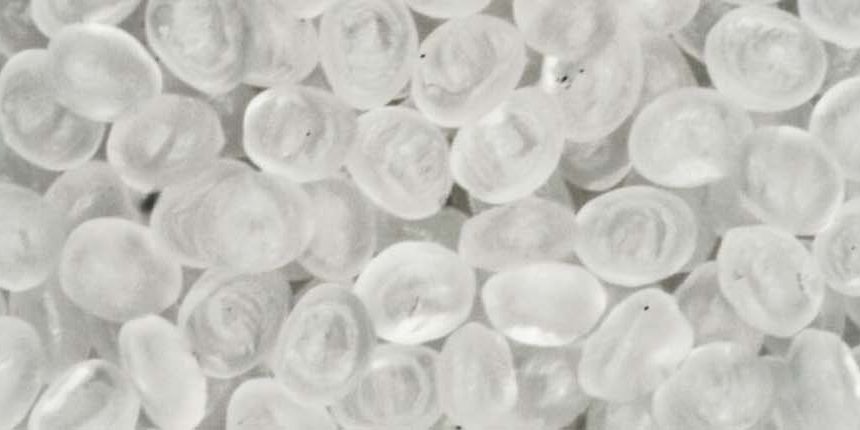What is PVC or polyvinyl chloride?
Polyvinyl chloride in English: Polyvinyl chloride or PVC is a very widely used plastic. It can be said that at present, it is one of the most valuable products of the petrochemical industry, which annually produces about 45 million tons in the world and is the third most widely used polymer in the world after polyethylene and polypropylene. This high-consumption polymer is classified into thermoplastic or thermoplastic categories. Thermoplastic polymers are materials that can be heated, cooled and shaped to their melting point, and have the ability to re-melt and reshape.
In general, more than 50% of man-made PVC is used in the construction industry. One of the reasons why this polymer is so popular is that it is cheap and also easily bonded. In recent years, PVC has replaced traditional building materials such as wood, cement and pottery in many areas. Despite the emergence of an ideal material in construction, there are still concerns about the cost of PVC for the natural environment and human health.
PVC history
PVC is older than most plastics. Lee vinyl chloride was accidentally discovered in two small situations in the 19th century. First in 1835 by the artist Victor Regnalt and in 1872 by Eugene Bowman. In both cases the polymer was exposed when the white solid inside the vinyl chloride flask was exposed to sunlight. This polymer was introduced in the early 1930s, which due to its competitive price, physical, mechanical and chemical properties, large processability and recyclability, became a very common material in the production of building materials and the construction industry.
PVC processing
Polyvinyl chloride is formed by the polymerization of vinyl chloride monomer. Most commercial production of PVC is mainly done by suspension polymerization and less mass and emulsion polymerization is used and solution polymerization is rarely used. Polyvinyl chloride has a low crystallinity, but due to the large polymer chains (the result of large chlorine extraction), it has strength and hardness. The TG is high at 81 degrees Celsius, but the TG is not high enough to interfere with the process in a variety of ways.
PVC is relatively unstable to heat and light, and hydrogen chloride is released. This substance has detrimental effects on the properties of hand objects (electrical components) in addition to physiological effects. PVC is a hard plastic that becomes soft and flexible by the addition of lubricants. The most commonly used is phthalate.
Prior to the twentieth century, Russian chemists Ivan Strae Mislensky and Fritz Klit of the German electron chemistry company Grishim both attempted to use PVC in commercial products; But problems with the process, hardness, and sometimes fragility of the polymer thwarted their efforts. In 1926, BF Goodrich of Waldo Simon developed a method of softening PVC by mixing it with various additives. The result was a flexible material that was easy to process and soon became popular in commercial applications.
PVC applications
Annual consumption of PVC in the world increases by an average of 5% and more than 50% of this polymer and its derivatives are used in the construction industry. Sewage pipes, drinking water pipes and other electrical and installation parts, electrical and telecommunication wires, doors and windows and even decorations are used and play an important role in health, transportation, packaging, as well as art and design. .
PVC as a hard plastic for
- Magnetic tape cards
Gramophone pages
Piping system
And the channel is also used. Also, by adding additives, the main of which is phthalate, PVC (PVC) can be made softer and more flexible, as it is today in clothing and home appliances such as curtains, sofa covers, hose construction, soft pipes and folding in the flooring of buildings and surfaces. Roofs and insulation of power cables are used.
Today, this polymer is one of the most important petrochemical materials that has wide applications in many fields of construction, industry, agriculture and many infrastructure projects, from water supply and urban planning to aircraft construction.








